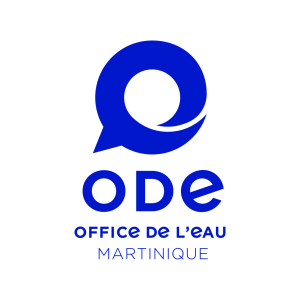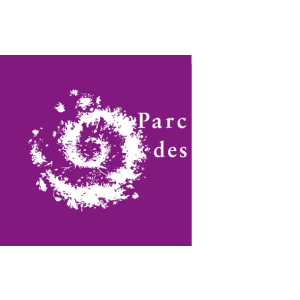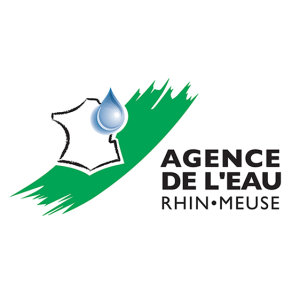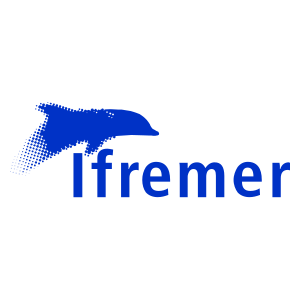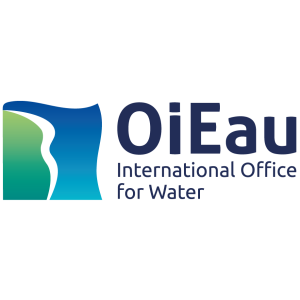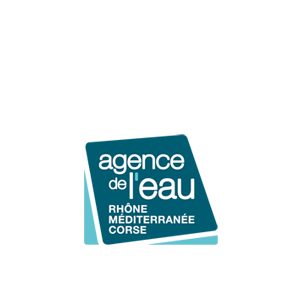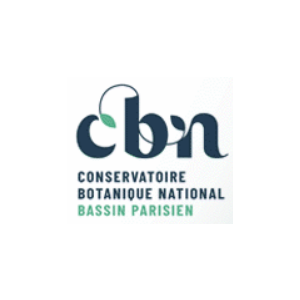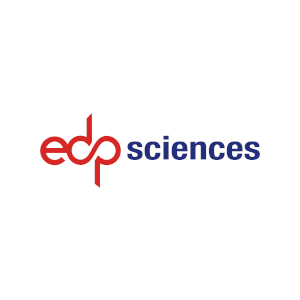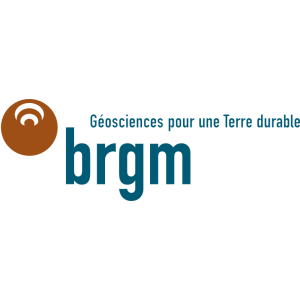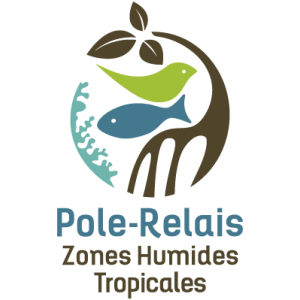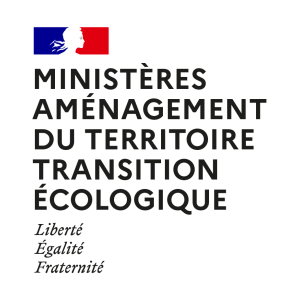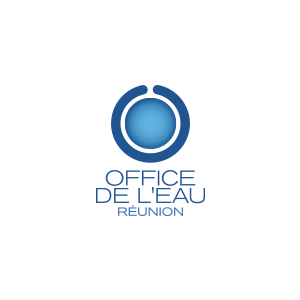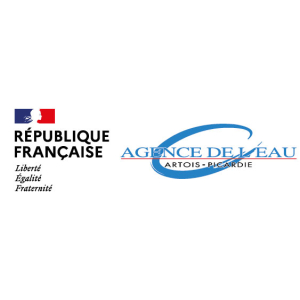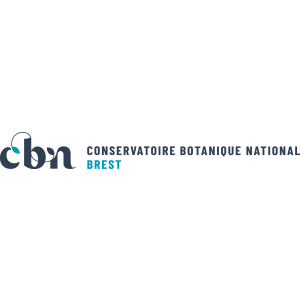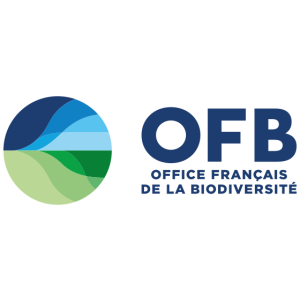
Document généré le 05/08/2025 depuis l'adresse: https://www.documentation.eauetbiodiversite.fr/fr/notice/la-contamination-chimique-des-especes-halieutiques-marines-analyse-statistique-de-la-variabilite-et-etude-de-la-bioamplification-du-mercure-dans-le-contexte-de-la-mise-en-oeuvre-de-la-directive-cadre-strategie-pour-le-milieu-marin-dcsmm
La contamination chimique des espèces halieutiques marines. Analyse statistique de la variabilité et étude de la bioamplification du mercure dans le contexte de la mise en oeuvre de la Directive Cadre Stratégie pour le Milieu Marin (DCSMM)
Titre alternatif
Producteur
Contributeur(s)
Identifiant documentaire
9-77239
Identifiant OAI
oai:archimer.ifremer.fr:77239
Auteur(s):
Ouedraogo, Celia
Mots clés
Date de publication
01/08/2020
Date de création
Date de modification
Date d'acceptation du document
Date de dépôt légal
Langue
fre
Thème
Type de ressource
Source
Droits de réutilisation
info:eu-repo/semantics/openAccess
Région
Département
Commune
Description
The chemical contamination of marine environments is a major problem, combining environmental and health issues. It can have negative impacts on the molecular scale as much as at an ecosystem scale. For that reason, chemical contamination is one of eleven descriptors of the good environmental status of the marine environment. It is studied in the context of the CoRePh system (Chemical Contamination of Trophic Webs), implemented in the surveillance program of the Marine Strategy Framework Directive (MSFD). In order to evaluate the ecological state of marine environments, it is necessary to study the variability of the chemical contamination in marine organisms. With that goal in mind, a combined analysis of the biometry, the isotopy and the chemical contamination, measured individually in different species, was realized. These analyses were carried out for each species, and then for different regroupings (trophic groups, position in the water column, geographical area). The biomagnification of the contaminant within the trophic webs affected was also studied. This study focused on mercury in the Mediterranean. This pollutant is indeed of great concern, since it is global, toxic and of no known biological use. It is also a model contaminant for the study of biomagnification.
Accès aux documents
0
Consultations
0
Téléchargements
